

- RFQ
- BOM
-
Contact Us
Tel: +86-0755-83501315
Email: sales@sic-components.com
- Chinese
- English
- French
- German
- Portuguese
- Spanish
- Russian
- Japanese
- Korean
- Arabic
- Irish
- Greek
- Turkish
- Italian
- Danish
- Romanian
- Indonesian
- Czech
- Afrikaans
- Swedish
- Polish
- Basque
- Catalan
- Esperanto
- Hindi
- Lao
- Albanian
- Amharic
- Armenian
- Azerbaijani
- Belarusian
- Bengali
- Bosnian
- Bulgarian
- Cebuano
- Chichewa
- Corsican
- Croatian
- Dutch
- Estonian
- Filipino
- Finnish
- Frisian
- Galician
- Georgian
- Gujarati
- Haitian
- Hausa
- Hawaiian
- Hebrew
- Hmong
- Hungarian
- Icelandic
- Igbo
- Javanese
- Kannada
- Kazakh
- Khmer
- Kurdish
- Kyrgyz
- Latin
- Latvian
- Lithuanian
- Luxembou..
- Macedonian
- Malagasy
- Malay
- Malayalam
- Maltese
- Maori
- Marathi
- Mongolian
- Burmese
- Nepali
- Norwegian
- Pashto
- Persian
- Punjabi
- Serbian
- Sesotho
- Sinhala
- Slovak
- Slovenian
- Somali
- Samoan
- Scots Gaelic
- Shona
- Sindhi
- Sundanese
- Swahili
- Tajik
- Tamil
- Telugu
- Thai
- Ukrainian
- Urdu
- Uzbek
- Vietnamese
- Welsh
- Xhosa
- Yiddish
- Yoruba
- Zulu
- Kinyarwanda
- Tatar
- Oriya
- Turkmen
- Uyghur
Oled Character And Numeric
In the ever - evolving landscape of display technologies, OLED(https://www.sic-components.com/optoelectronics/lcd-oled-character-and-numeric?manufacturer_id=972&page=8) has emerged as a revolutionary force, captivating consumers and industries alike. OLED, short for Organic Light - Emitting Diode, represents a significant leap forward from traditional display methods. Its unique characteristics have enabled a new era of visual experiences, from the vibrant screens of high - end smartphones to the immersive displays of cutting - edge televisions. This article delves deep into the world of OLED, exploring its technology, applications, advantages, challenges, and future prospects.
The Technology Behind OLED
Structure and Components
An OLED display is composed of several key layers, each playing a crucial role in its operation. At the heart of the device are the organic materials, which are the defining feature of OLED technology. These organic compounds are sandwiched between two electrodes: the anode and the cathode. The anode is typically made of a transparent material such as indium - tin oxide (ITO), allowing light to escape. The cathode is usually a metal electrode.
Between the anode and cathode, there are multiple functional layers. The hole - injection layer (HIL) and hole - transport layer (HTL) are responsible for facilitating the movement of positive charge carriers (holes) from the anode towards the emissive layer. Similarly, the electron - injection layer (EIL) and electron - transport layer (ETL) enable the flow of negative charge carriers (electrons) from the cathode to the emissive layer. The emissive layer (EML) is where the magic happens – it contains the organic molecules that emit light when excited.
Working Principle https://www.sic-components.com/optoelectronics/lcd-oled-character-and-numeric
The operation of an OLED is based on the principle of electroluminescence. When an electric current is applied across the OLED device, electrons are injected from the cathode into the ETL, and holes are injected from the anode into the HTL. These charge carriers then migrate towards the emissive layer. When an electron and a hole meet in the emissive layer, they combine to form an exciton, which is an excited - state molecule. As the exciton returns to its ground state, it releases energy in the form of a photon, generating light.
The color of the light emitted depends on the specific organic molecules used in the emissive layer. For example, certain organic compounds emit red light, while others emit green or blue light. By carefully controlling the composition of the emissive layer and the ratio of different organic molecules, OLEDs can produce a wide range of colors, enabling full - color displays.
Types of OLEDs https://www.sic-components.com/optoelectronics/lcd-oled-character-and-numeric
There are two main types of OLEDs based on the nature of the organic materials used: small - molecule OLEDs and polymer - based OLEDs (also known as PLEDs). Small - molecule OLEDs use discrete organic molecules, which are typically deposited onto the substrate through a process called vacuum deposition. This method allows for precise control over the thickness and composition of the layers, resulting in high - quality displays.
PLEDs, on the other hand, use long - chain organic polymers as the emissive material. These polymers can be processed using solution - based techniques such as spin - coating or ink - jet printing, which can potentially offer lower manufacturing costs and greater flexibility in terms of substrate materials. However, achieving the same level of performance as small - molecule OLEDs in terms of efficiency and lifespan has been a challenge for PLEDs.
Applications of OLED https://www.sic-components.com/optoelectronics/lcd-oled-character-and-numeric
Consumer Electronics
Smartphones
OLED has become the display technology of choice for high - end smartphones. The ability of OLED screens to produce deep blacks, high contrast ratios, and vibrant colors enhances the visual experience for users. Whether it's browsing the web, watching videos, or playing games, OLED displays offer a more immersive and engaging experience compared to traditional LCD screens. Additionally, the fast response times of OLEDs reduce motion blur, making them ideal for handling high - speed action in games and videos. The flexibility of OLED technology has also enabled the development of innovative form factors, such as foldable smartphones. These devices feature OLED screens that can be bent or folded, providing users with a larger screen area when needed while remaining compact and portable.
Televisions
OLED televisions have revolutionized the home entertainment industry. With their ability to achieve true blacks (by turning off individual pixels), OLED TVs offer an unparalleled contrast ratio, making images more lifelike and immersive. The wide viewing angles of OLEDs ensure that everyone in the room can enjoy a consistent and high - quality viewing experience, regardless of their seating position. The excellent color accuracy and wide color gamut of OLEDs also make them a favorite among movie enthusiasts and gamers, as they can faithfully reproduce the colors intended by content creators.
Tablets and Laptops
In the tablet and laptop market, OLED displays are increasingly being used to enhance the visual experience. Similar to smartphones and TVs, OLEDs in tablets and laptops offer better contrast, color, and viewing angles compared to LCDs. This is particularly beneficial for tasks such as photo and video editing, where accurate color representation is crucial. The energy - efficient nature of OLEDs can also contribute to longer battery life, which is a significant advantage for portable devices.
Automotive
OLEDs are finding applications in the automotive industry, primarily in dashboard displays and infotainment systems. The ability to create thin, lightweight, and customizable displays makes OLEDs well - suited for automotive interiors. OLED dashboards can provide drivers with clear and vivid information, such as speed, fuel level, and navigation instructions. The high contrast and wide viewing angles of OLEDs ensure that the information is easily visible in different lighting conditions, both during the day and at night. Additionally, the flexibility of OLEDs allows for the creation of curved or even transparent displays, which can be integrated seamlessly into the vehicle's design.
Lighting
OLEDs are also making inroads in the lighting market. OLED lighting panels offer a unique and aesthetically pleasing form of illumination. Unlike traditional light sources, which often produce harsh, directional light, OLEDs emit soft, diffused light, creating a more comfortable and inviting atmosphere. The thin and lightweight nature of OLED lighting panels allows for innovative design possibilities, such as integrating them into furniture, walls, or ceilings. OLEDs can also be dimmed and color - tuned, providing users with greater control over the lighting environment.
Wearable Devices
In the realm of wearable devices, OLED displays are becoming increasingly popular. Smartwatches, for example, often feature OLED screens due to their low power consumption, high contrast, and ability to display information clearly in various lighting conditions. The small size and flexibility of OLEDs make them ideal for the compact and curved form factors of wearable devices. OLED displays in smartwatches can show notifications, fitness data, and time in a clear and visually appealing manner, enhancing the overall user experience.
Advantages of OLED
Superior Image Quality
High Contrast Ratio
One of the most significant advantages of OLED is its ability to achieve an extremely high contrast ratio. Since each pixel in an OLED display can be independently controlled and turned off completely, it can produce true blacks. In contrast, LCD displays, which rely on a backlight, often struggle to achieve deep blacks, resulting in a lower contrast ratio. The high contrast ratio of OLEDs makes images more vivid and lifelike, with greater depth and detail. This is particularly noticeable when watching movies or playing games with dark scenes, where the blacks in OLED displays appear rich and inky, while the bright areas are bright and well - defined.
Wide Color Gamut
OLEDs are capable of producing a wide color gamut, meaning they can display a broader range of colors compared to traditional display technologies. This allows for more accurate and vibrant color reproduction, making images and videos look more realistic. Whether it's the lush greens of a landscape, the deep blues of the ocean, or the bright reds of a sunset, OLEDs can faithfully reproduce these colors with greater saturation and accuracy. The wide color gamut of OLEDs is especially important for applications such as photo and video editing, where professionals require precise color representation.
Fast Response Time
OLEDs have a much faster response time compared to LCDs. The response time is the time it takes for a pixel to change from one color to another. In LCDs, the response time is limited by the speed at which the liquid crystals can change their orientation. In OLEDs, the response time is determined by the speed at which the organic molecules can emit light. This results in significantly faster response times, typically in the range of microseconds. The fast response time of OLEDs reduces motion blur, making them ideal for displaying fast - moving objects, such as in sports events or action - packed video games.
Energy Efficiency
OLEDs are more energy - efficient than LCDs, especially when displaying dark content. In an LCD display, the backlight is constantly on, consuming power regardless of the image being displayed. In an OLED display, pixels only consume power when they are lit. When displaying black or dark images, many pixels in an OLED display are turned off, resulting in lower power consumption. This energy - efficient nature of OLEDs can contribute to longer battery life in portable devices, such as smartphones and tablets. Additionally, in large - scale applications such as lighting, OLEDs can help reduce energy consumption and lower electricity bills.
Design Flexibility
Thin and Lightweight
OLEDs are extremely thin and lightweight compared to traditional display technologies. Since they do not require a backlight, OLED displays can be made much thinner, typically less than 1 millimeter. This makes them ideal for applications where space and weight are critical, such as in smartphones, wearable devices, and automotive interiors. The thin and lightweight nature of OLEDs also allows for more flexible and innovative design possibilities, enabling the creation of devices with unique form factors.
Flexible and Bendable
One of the most exciting aspects of OLED technology is its flexibility. OLEDs can be fabricated on flexible substrates, such as plastic or metal foil, allowing them to be bent, rolled, or even folded. This flexibility has opened up new possibilities for the development of innovative products, such as foldable smartphones, rollable televisions, and wearable devices that can conform to the shape of the body. Flexible OLEDs also have the potential to be used in applications such as electronic skins, where they can be integrated into clothing or other flexible materials to provide interactive and display capabilities.
Transparent Options
Some OLEDs can be made transparent, which has a wide range of applications. Transparent OLED displays can be used in applications such as automotive windshields, where they can display information such as speed, navigation instructions, or warning signs without obstructing the driver's view. In retail settings, transparent OLEDs can be used as digital signage, allowing for the display of advertising or product information while still allowing customers to see through the display. Transparent OLEDs also have potential applications in architecture, where they can be used to create dynamic and interactive facades.
Challenges and Limitations of OLED https://www.sic-components.com/optoelectronics/lcd-oled-character-and-numeric
Lifespan and Burn - In
One of the main challenges facing OLED technology is its relatively short lifespan compared to some other display technologies. The organic materials used in OLEDs can degrade over time, especially when exposed to high temperatures, humidity, or electrical stress. This degradation can lead to a decrease in the brightness and color accuracy of the display over time. Additionally, OLEDs are susceptible to a phenomenon called burn - in, where static images displayed for long periods can leave a permanent ghost image on the screen. Burn - in is a particular concern for applications such as televisions and computer monitors, where users may leave the same image or interface on the screen for extended periods. Manufacturers are constantly working on improving the lifespan of OLEDs and reducing the risk of burn - in through the development of new materials, improved manufacturing processes, and advanced pixel - management techniques.
Manufacturing Complexity and Cost
The manufacturing process for OLEDs is more complex and expensive compared to traditional LCD manufacturing. The deposition of the organic layers in OLEDs requires precise control over the environment, as the organic materials are sensitive to oxygen and moisture. Vacuum deposition techniques, such as physical vapor deposition (PVD) and chemical vapor deposition (CVD), are commonly used to deposit the organic layers, which can be time - consuming and costly. Additionally, the yield of good - quality OLED panels during manufacturing is relatively low compared to LCDs, further increasing the cost. However, as the technology matures and economies of scale are achieved, the cost of OLED manufacturing is expected to decrease.
Limited Brightness
While OLEDs offer excellent image quality in many respects, they generally have lower maximum brightness levels compared to some LCDs, especially those used in outdoor or brightly lit environments. This can make it difficult to view OLED displays in direct sunlight or other high - brightness conditions. Although manufacturers have made significant progress in increasing the brightness of OLEDs, it remains a challenge to achieve the same high - brightness levels as some LCDs while maintaining the other advantages of OLED technology.
OLED vs. LCD (https://www.sic-components.com/optoelectronics/lcd-oled-character-and-numeric?page=12)
What is LCD?
LCD (Liquid Crystal Display) is a traditional display technology that uses liquid crystals to control light transmission from a backlight. Unlike OLED, LCD pixels themselves do not emit light; instead:
A backlight (often LEDs, creating an "LED-LCD" display) provides the light source.
Liquid crystals twist or untwist to block or allow light through, creating images.
A color filter adds red, green, and blue tones to each pixel.
Key characteristics:
Requires a backlight: This makes LCD panels thicker than OLED and limits true black levels (since pixels cannot fully turn off the backlight).
Widely used in budget displays: Common in TVs, monitors, and older smartphones due to lower cost and mature manufacturing.
Key Differences
Feature OLED LCD (LED-LCD)
Light Source Self-emissive (each pixel emits light) Backlight (LEDs behind liquid crystals)
Black Levels True blacks (pixels can turn off completely) Deep blacks depend on backlight dimming (e.g., local dimming), but not fully off.
Contrast Ratio Extremely high (infinite contrast possible) High, but limited by backlight uniformity
Color Accuracy Excellent (vibrant, wide color gamut) Good, but may vary with viewing angles
Viewing Angles Wide (little color shift at extreme angles) Narrower (colors may wash out at sharp angles)
Response Time Extremely fast (nanoseconds, minimal motion blur) Moderate (milliseconds, potential blur in fast action)
Thickness/Flexibility Thin and flexible (supports foldable designs) Thicker (due to backlight) and rigid
Energy Efficiency More efficient (only lights active pixels) Less efficient (backlight is always on)
Burn-In Risk Higher (organic materials degrade over time) Lower (less prone to permanent image retention)
Cost Higher (complex manufacturing) Lower (mass-produced, mature technology)
When to Choose OLED vs. LCD?
OLED is ideal for:
High-end TVs, smartphones, or monitors prioritizing contrast, color, and thinness (e.g., movies, gaming, creative work).
Flexible/foldable devices (e.g., foldable phones like the Samsung Galaxy Z series).
LCD (LED-LCD) is ideal for:
Budget-friendly displays (e.g., entry-level TVs, office monitors).
Bright environments (LED backlights can achieve higher peak brightness than most OLEDs).
Applications where longevity is critical (e.g., public displays, industrial use).
OLED offers superior image quality and design flexibility but comes with higher costs and a shorter lifespan. LCD remains a practical choice for affordability and brightness, making it widely used in everyday devices. Both technologies coexist, catering to different consumer needs and budgets.
Future Trends and Developments (https://www.sic-components.com/optoelectronics/lcd-oled-character-and-numeric?page=12)
Advancements in Materials
Researchers are constantly exploring new organic materials for OLEDs to improve their performance. New materials are being developed with higher efficiency, longer lifespan, and improved color stability. For example, the development of thermally activated delayed fluorescence (TADF) materials has shown promise in increasing the internal quantum efficiency of OLEDs, leading to brighter and more energy - efficient displays. Additionally, the use of new polymers and small - molecule compounds with enhanced properties is expected to further improve the performance of OLEDs in the future.
Printed OLEDs
Printed OLED technology is an area of active research and development. Printed OLEDs offer the potential for lower manufacturing costs and greater flexibility in terms of substrate materials and device form factors. By using ink - jet printing or other solution - based printing techniques, it is possible to deposit the organic layers of an OLED directly onto a substrate, similar to printing an image on paper. This approach can reduce the need for expensive vacuum deposition equipment and potentially enable the mass production of large - area OLEDs at a lower cost. Printed OLEDs also have the potential to be used in applications such as roll - to - roll manufacturing, where OLEDs can be printed continuously onto a flexible substrate, opening up new possibilities for high - volume production.
Integration with Other Technologies
OLEDs are likely to be integrated with other emerging technologies in the future. For example, the combination of OLEDs with artificial intelligence (AI) and machine learning (ML) algorithms can enable more intelligent and adaptive displays. AI - powered algorithms can analyze the content being displayed and adjust the settings of the OLED display in real - time to optimize the visual experience. Additionally, the integration of OLEDs with augmented reality (AR) and virtual reality (VR) technologies is expected to enhance the immersive experience in these applications. OLEDs can provide the high - resolution, high - contrast, and fast - response - time displays required for AR and VR headsets, making the virtual and augmented worlds more vivid and realistic.
Expansion into New Markets
As the technology continues to improve and costs decrease, OLEDs are expected to expand into new markets. In addition to the consumer electronics, automotive, lighting, and wearable device markets, OLEDs may find applications in areas such as healthcare, where they can be used in medical monitors and diagnostic devices. OLEDs could also be used in environmental sensors, where their flexibility and ability to be integrated into various materials make them suitable for applications such as detecting pollutants in the air or water. The potential for OLEDs to be used in new and innovative applications is vast, and as the technology matures, we can expect to see it being adopted in a wide range of industries.
OLED technology has come a long way since its inception, and it has already had a significant impact on the display industry. With its superior image quality, energy efficiency, design flexibility, and potential for future development, OLED is well - positioned to continue to drive innovation in the world of displays. While there are still challenges to overcome, such as lifespan, manufacturing cost, and brightness limitations, ongoing research and development efforts are focused on addressing these issues. As OLED technology continues to evolve, we can expect to see even more innovative products and applications that will further enhance our visual experiences and transform the way we interact with digital information. Whether it's in our smartphones, televisions, cars, or other devices, OLEDs are set to play a crucial role in shaping the future of display technology.
https://www.sic-components.com/optoelectronics/lcd-oled-character-and-numeric

Hot Products
View MoreRelated Blogs

2000+
Daily average RFQ Volume

30,000,000
Standard Product Unit

2800+
Worldwide Manufacturers

15,000 m2
In-stock Warehouse






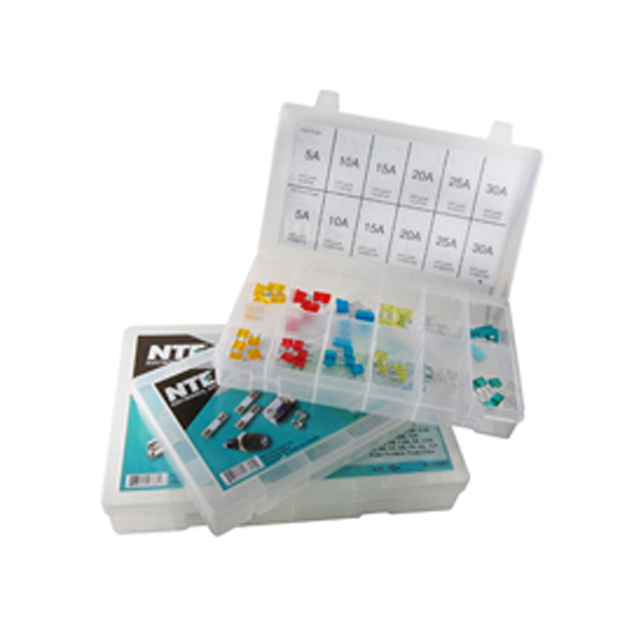
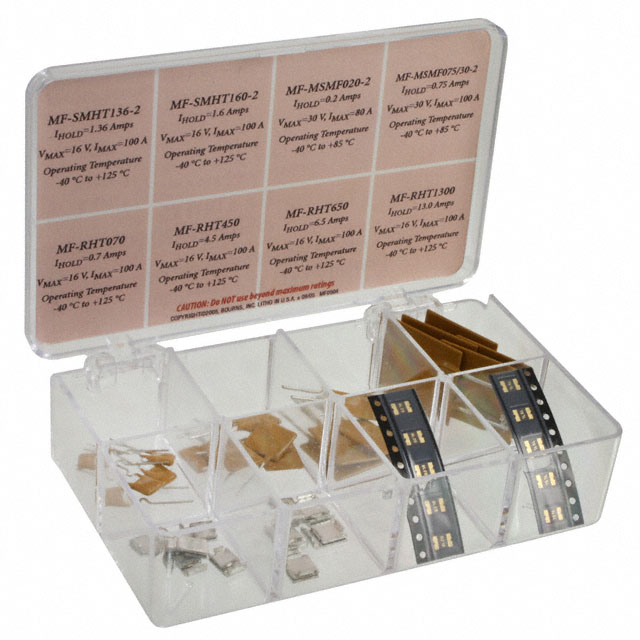
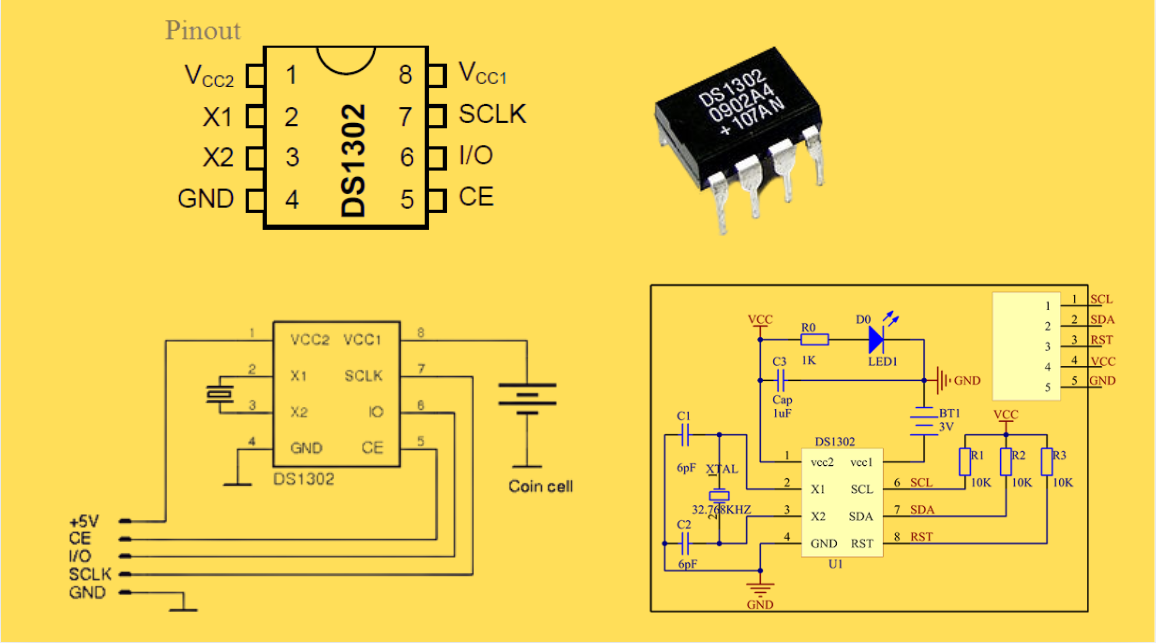
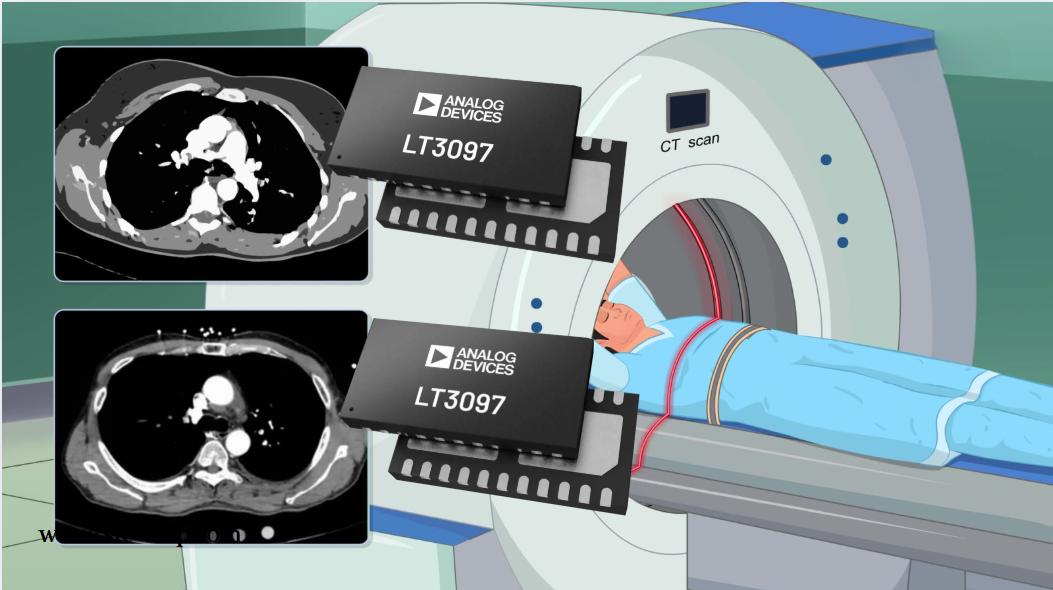
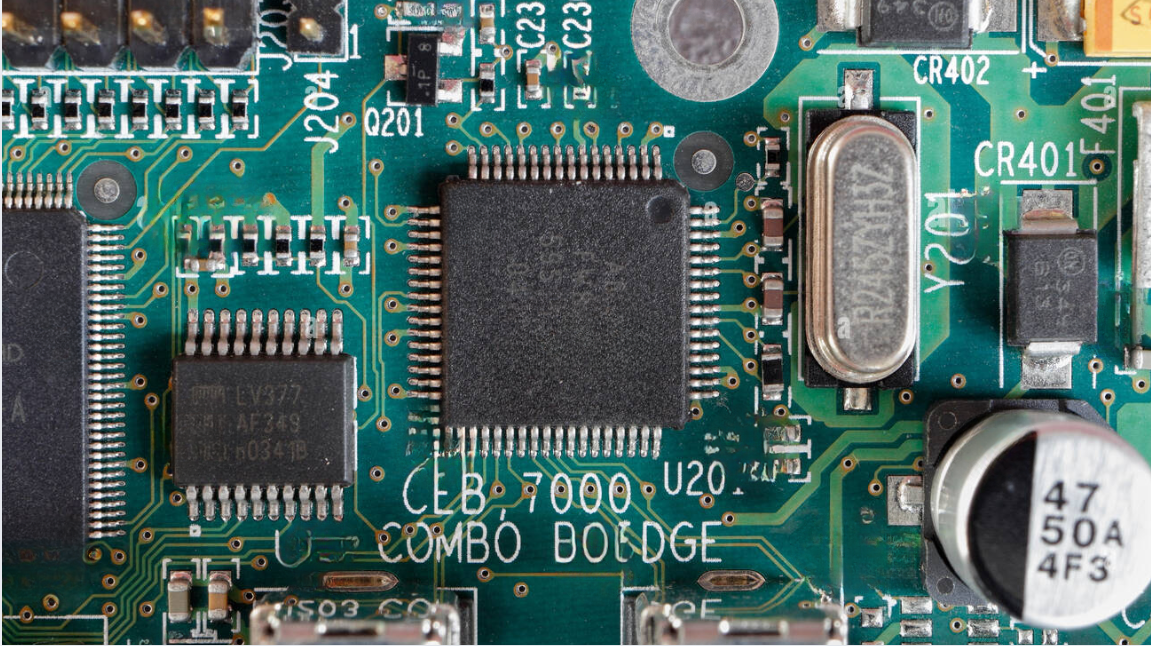
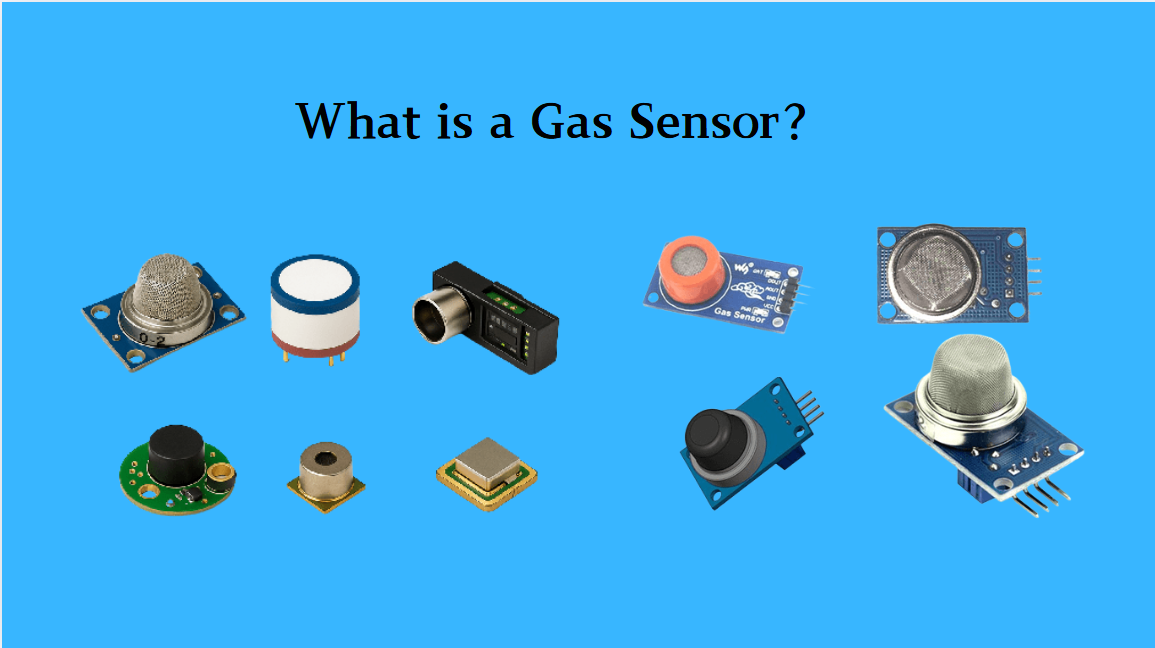
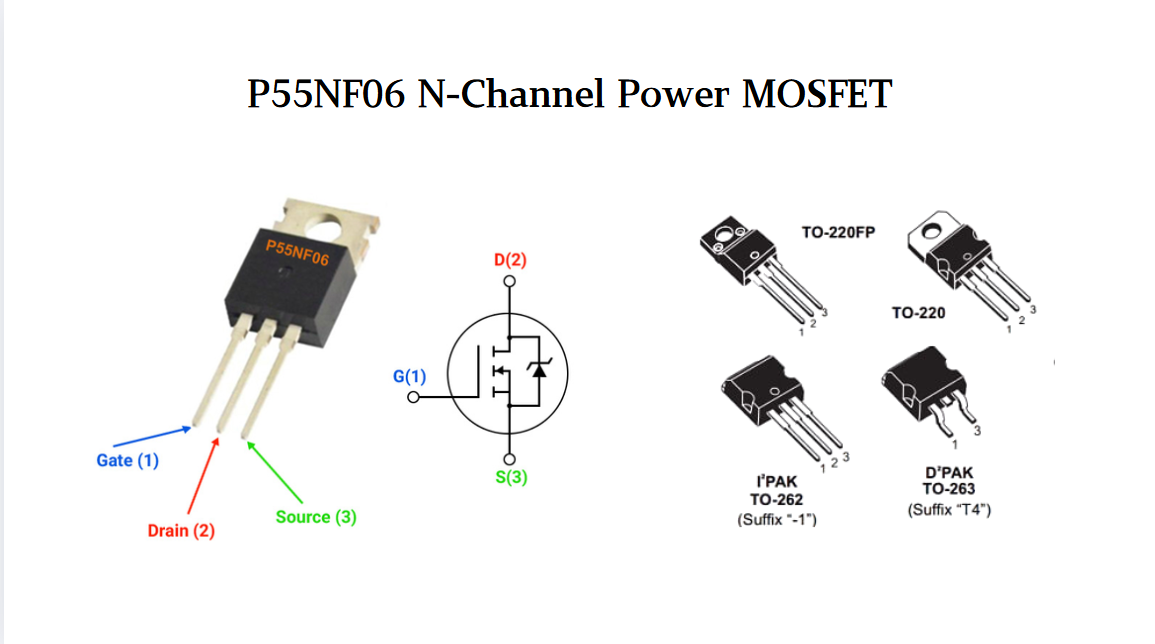
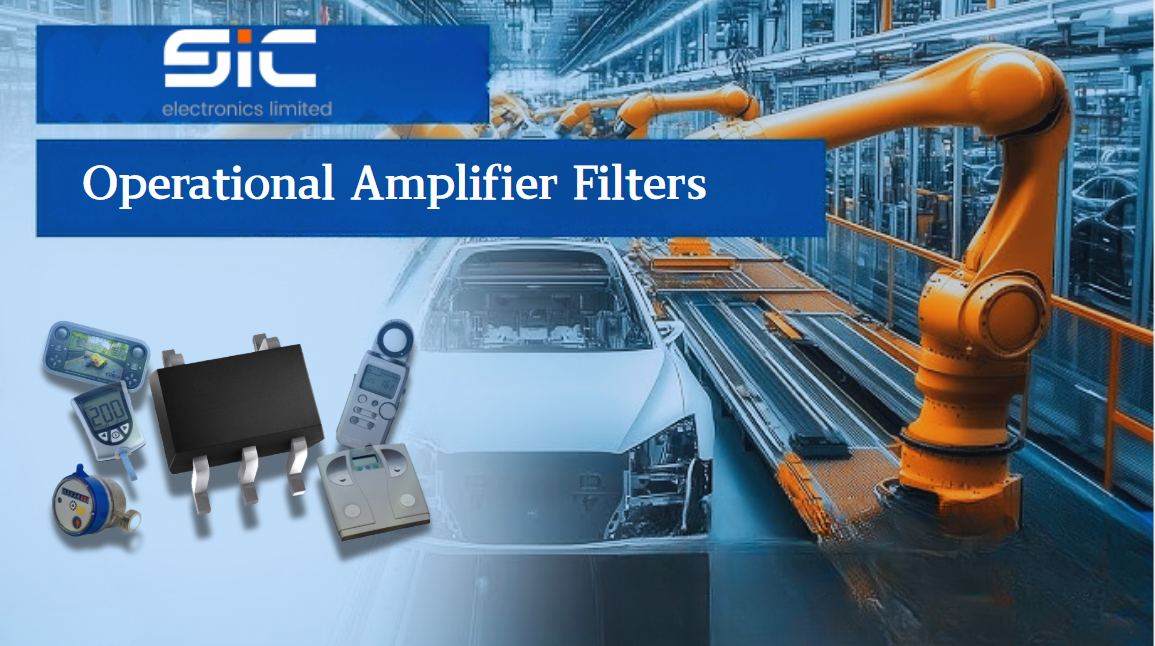
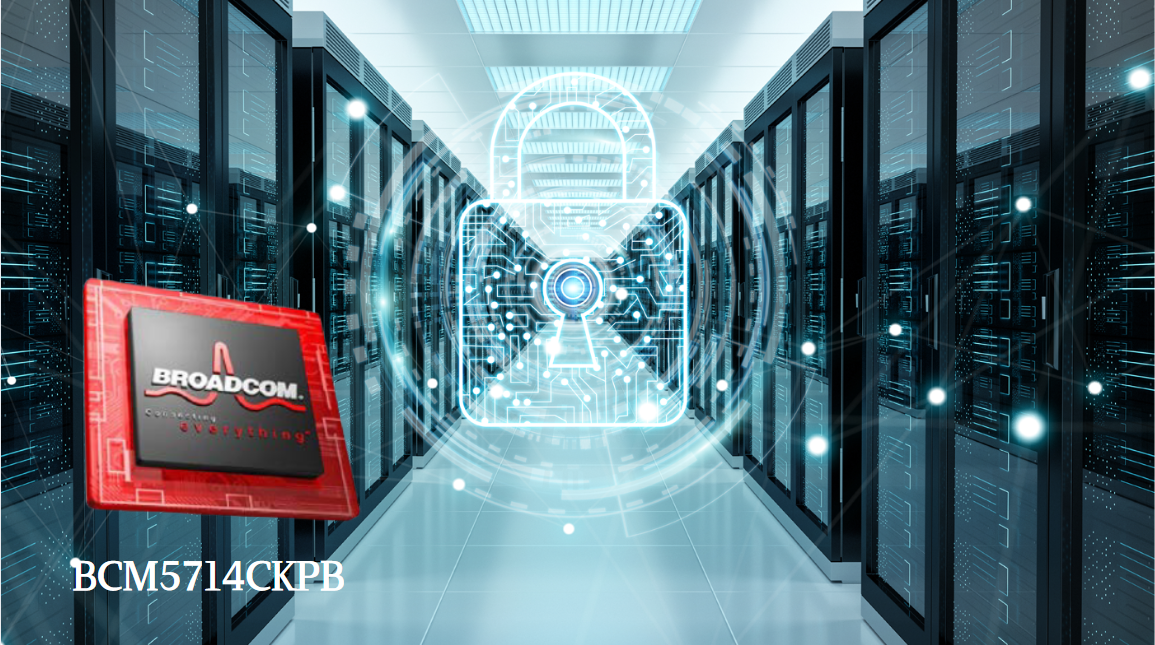
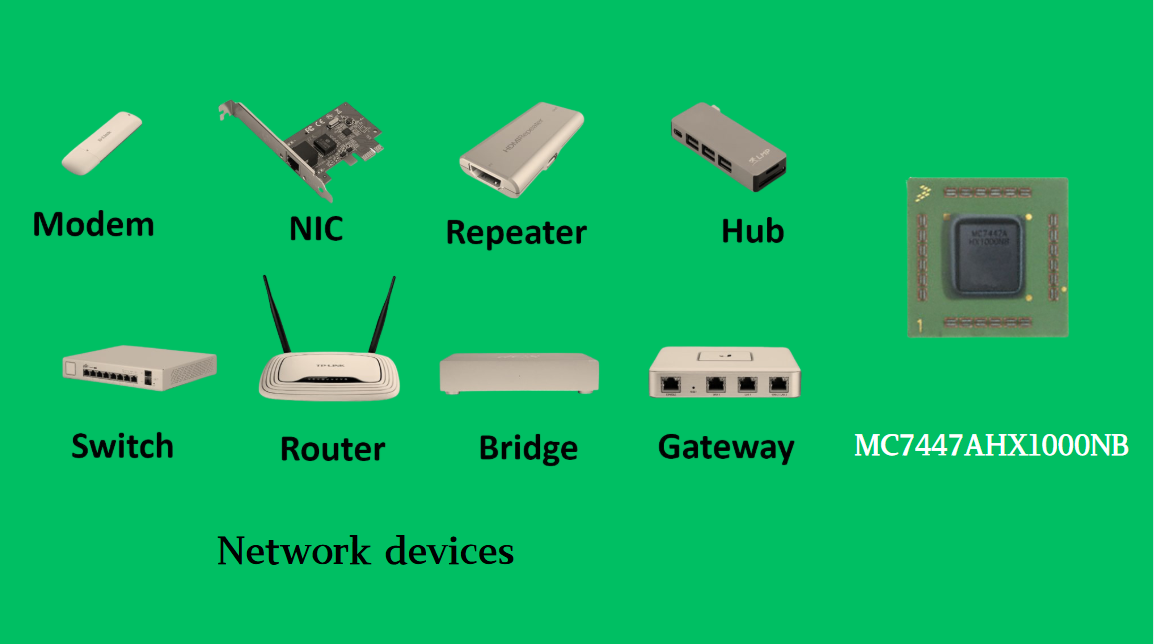
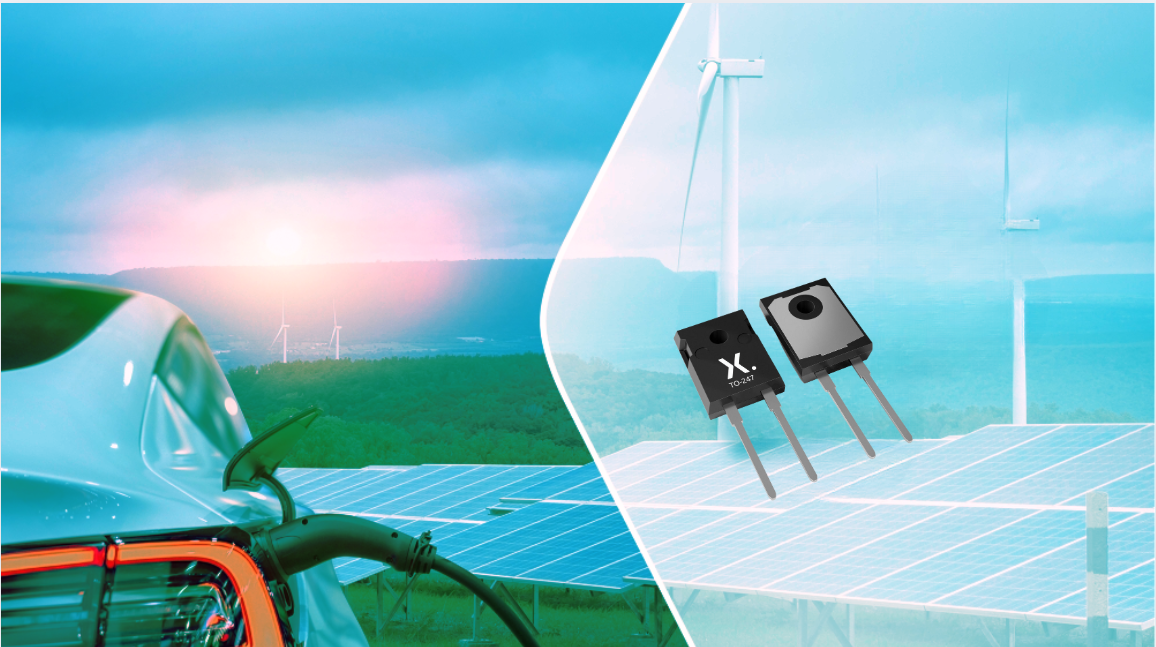
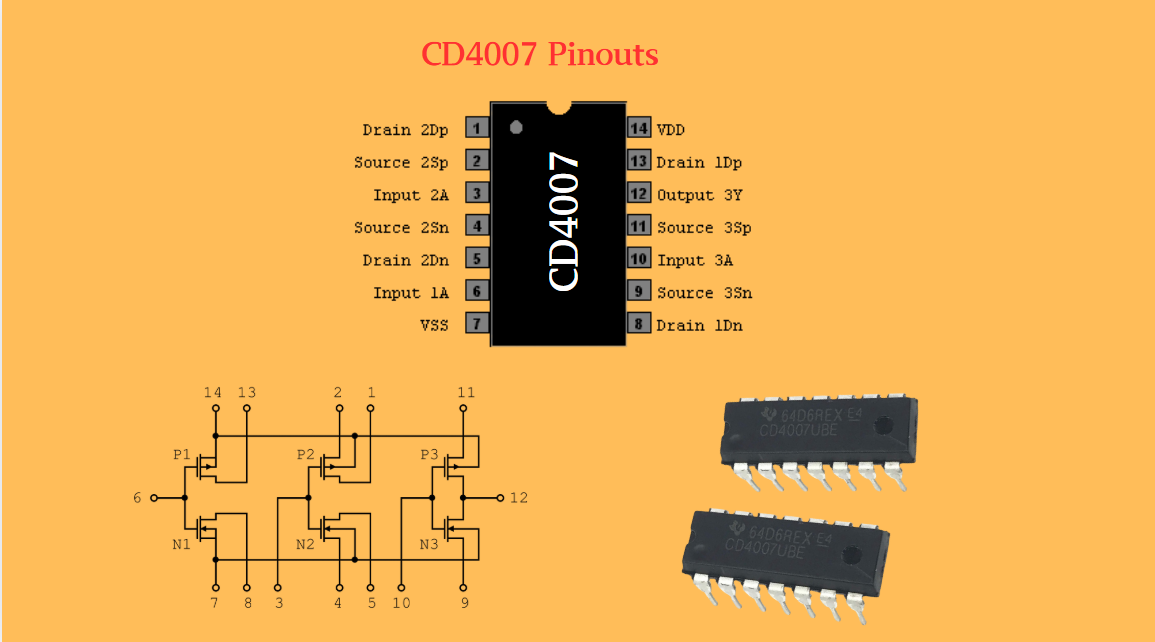
 Wishlist (0 Items)
Wishlist (0 Items)